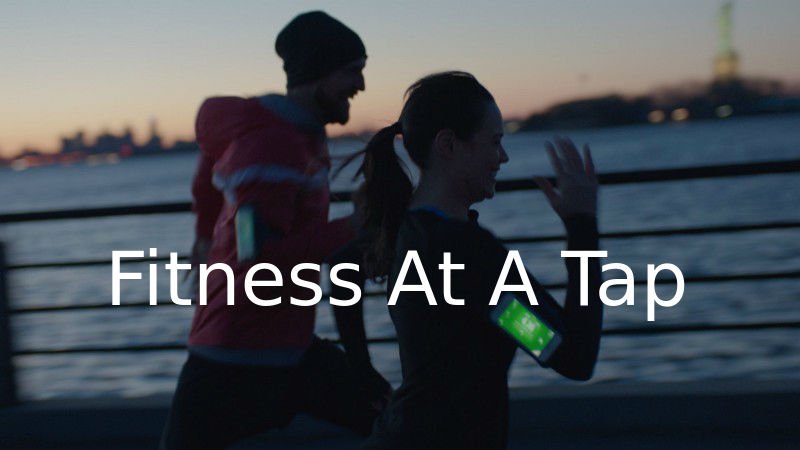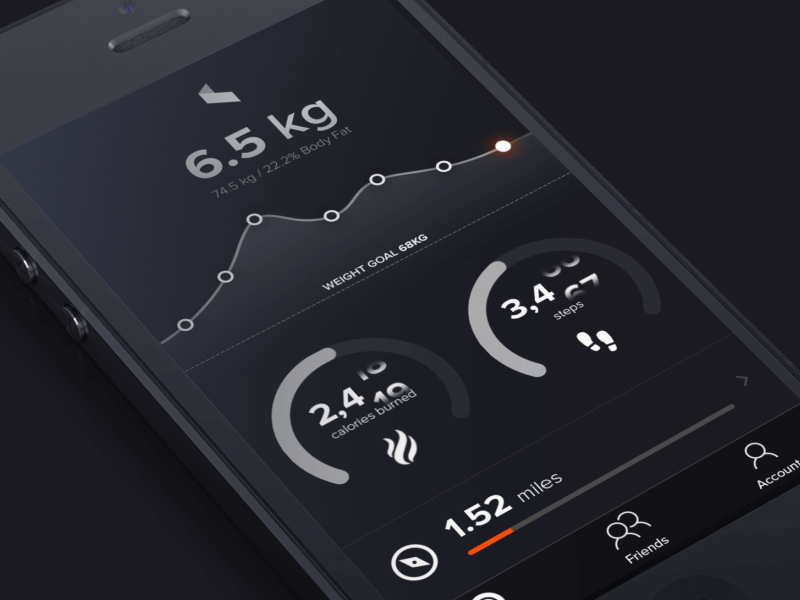
With technology taking over our lives in all aspects, it has made us completely dependent. As a matter of fact, we depend on technology for our health too. People are becoming more aware about their health and fitness. More than 50% of the people in U.S have at least one health-app in their smartphones. Fitness Apps are replacing personal trainers at an alarming rate. Working individuals are specifically conscious about their gadgets and plan their entire day around them. Not only smartphones but smartwatches have become an indispensable part of our lives.
Table of Content

Researches reveal that Fitness Apps have the potential to promote people’s engagement in physical activity as it uses techniques based upon human behavioural changes. A Fitness App can help you track your progress of physical training. Wearables make tracking automatic and easier. Also, Fitness Apps are a great source for workout inspiration. The best ones give you access to large databases of workouts and exercises, meaning you’ll never get bored doing the same old workout week after week. Another motivation booster is the option that Fitness Apps give you to share your achievements with others. Some apps give you the option to post the badge of honor you got for completing that difficult challenge to social media, or the option to share your completed workouts.
For a complete Fitness Solution, there can be various components. Starting with the wearables, that record different metrics from the human body such as heat, blood pressure, heart rate etc. The wearable can be a tracker, an altimeter, a calorie counter or some other type of sensor.

The fitness wearables have an in-built 3-axis accelerometer that helps in detecting motion. Additionally, some wearables also have a gyroscope that not only tracks movements but also measures orientation and rotation. Through the trackers, the data is collected and then this data is processed through different algorithms working at the backend.
The trackers that are used while climbing mountains or stairs, have altimeter in them. It collects information about your altitude and then gives you an overall reading of how many steps you climbed. The accuracy of your tracker depends upon the number of sensors it has, more is better. A sensor normally records acceleration, frequency, duration, intensity and motion patterns. All of this information is when received all together, the tracker is able to judge if you are actually doing a movement or just relaxing while waving at your friend.
Once all the data is collected by trackers and interpreted by algorithms, it is displayed to us through an interface which is a mobile device. Thus, the Fitness Apps are the final element that make the data accessible to us in a user-friendly way. Other than data display, you can also fill your fitness routine details manually such as your calorie intake or total number of pushups etc.

Image Source: imagecredits
Some advanced fitness trackers such as UP3 use high level sensors other than accelerometer that we discussed in the previous section. There are bioimpedance sensors that check your body’s resistance to current. Some trackers like Fitbit Charge have optical sensors in them that measure human body’s pulse by emitting a light on capillaries. These are specially useful in measuring heart rates. Then there are trackers that also recognize your sleep patterns. Tracking sleep with a fitness tracker is called actigraphy. Sleep tracker records the wrist movements and with the help of algorithm, it calculates the sleep pattern of an individual.
Two different trackers might record slightly different activity of yours. As mentioned earlier, this is because of the sensors used in trackers. Information will vary depending upon the number as well as the quality of the sensor. Moreover, every sensor has a different algorithm that translates collected data into useful information on your Fitness App.
That said, Fitness App algorithms are not usually available as open-source as the sensor manufacturers consider it as their secret sauce,

Fitness Apps make the user more engaged in using Fitness Trackers regularly. Users are motivated by seeing visual results, thus an App is the most important component to retain users. To see if your tracking device is really accurate, you must take note of the software compatibility and types of sensors used in it.
